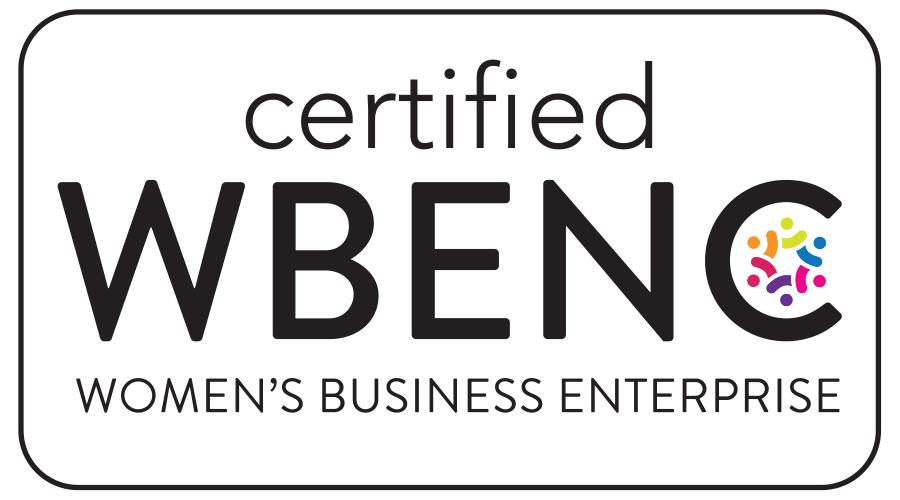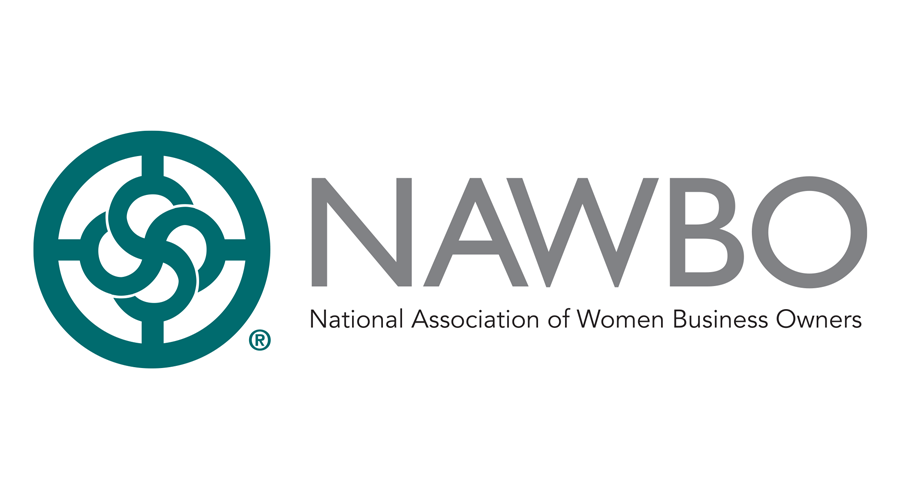Signed on May 14, H.B. 629 enacted Grow Montana Jobs, an annual Job Growth Incentive Tax Credit (Job Growth Credit). This new credit is a nonrefundable annual job growth incentive credit against state income tax available for calendar years 2022 through 2028. The credit is equal to 50% of Montana FICA taxes paid by an employer multiplied by the number of qualifying new employees certified each year. Any unused credit may be carried forward for up to 10 years.
The enactment of the Job Growth Credit follows the repeal of the New or Expanding Industry Wage Credit and the recent May 6 repeal of 15 tax credits previously available to taxpayers in Montana. Effective October 1, 2021, 2021 will be the final tax year in which taxpayers may claim these repealed credits.
The takeaway: While several tax credits have been repealed by Montana effective October 1, 2021, a new job creation tax credit has been enacted to encourage job creation and growth in the sectors of construction, natural resources, mining, agriculture, forestry, manufacturing, transportation, utilities, and outdoor recreation.
Qualifying employers must apply to the Montana Department of Labor and Industry each year to receive the Job Growth Credit.
Following the repeal of several credits, including the New or Expanding Industry Wage Credit, the Montana legislature enacted a new job creation tax credit to encourage growth and expansion in the state. The annual Job Growth Incentive Tax Credit is a nonrefundable income tax credit equal to 50% of the total Montana FICA taxes paid by the employer on new wages multiplied by the number of qualifying employees certified by the state each year.
The Job Growth Credit may be claimed by employers for up to seven years, beginning with calendar year 2022. Any unused credit may be carried forward for a period of up to 10 years from the tax year in which the credit is claimed. After 10 years, any remaining credit may not be refunded or credited to the taxpayer.
Eligibility
In order to qualify for the Job Growth Credit, an employer must experience qualifying net employee growth of at least 10 qualifying new employees during the first year for which the credit is claimed and a total of at least 15 qualifying new employees during any subsequent year. However, if an employer is located in a county with a population of 20,000 or less, qualifying net employee growth is lowered to five qualifying new employees in the first year and a total of at least seven qualifying new employees during any subsequent year.
“Net employee growth” is defined as (1) “the difference between the total number of qualifying new employees employed by the employer in the state during any calendar year starting with calendar year 2022 and ending in calendar year 2028 and [2] the total number of full-time equivalent employees that were employed by the employer or predecessor in the state during calendar year 2021.” Net employee growth must be associated with a project that encourages, promotes, and stimulates economic development in the sectors of construction, natural resources, mining, agriculture, forestry, manufacturing, transportation, utilities, or outdoor recreation.
A qualifying new employee must be hired between January 1, 2022, and December 31, 2028 and remain employed at the project for a minimum of six months during the year for which the credit is granted. Qualifying new employees must receive a yearly wage of at least $50,000, plus any benefits paid to other employees of the employer. Employees previously employed by the employer or a predecessor in the prior 12 months or hired to replace an employee of a predecessor do not qualify as new employees under the program.
Claiming the credit
Each year, a qualifying employer must apply for a credit certificate with the Department of Labor and Industry for the preceding calendar year. The application must be submitted on a form prescribed by the department on which the employer:
- identifies and describes the number of qualifying new employees hired
- provides necessary details to calculate the net employee growth and qualifying net employee growth
- provides documentation necessary to calculate the job growth incentive tax credit, including the average yearly wage of each qualifying new employee
- submits any other information the department considers necessary for auditing purposes and to determine whether the employer qualifies for a credit certificate.
The credit may be claimed for up to seven years but only in a tax year in which the Department of Labor and Industry approved the credit by issuing a credit certificate. Information on the timing of application for a certificate is not yet available. If a taxpayer claims the credit but was not approved by the Department for the given year, the credit will not be acknowledged by the state.
Limitations
Employers claiming the Job Growth Credit may not claim the Apprenticeship Credit in the same year. However, any unused Job Growth Credit carried forward may be claimed in the same year in which the Apprenticeship Credit is claimed by the employer.
The state will reassess the program and its success at the end of each calendar year until October 1, 2025. Should the program affect the availability of federal funding to Montana, the state may elect to terminate the Job Growth Credit as of December 31, 2022, 2023, or 2024. After October 1, 2025, the program will remain available until its expiration on December 31, 2028.
Repeal of existing credits
Enacted on May 6, 2021, S.B. 399 repealed 15 tax credits offered by the state of Montana. Effective October 1, 2021, the repealed credits include the adoption credit, the alternative energy production credit, the alternative energy system credit, the alternative fuel credit, the biodiesel and blending credit, the college contribution credit, the dependent care assistance and referral credit, the elderly care credit, the emergency lodging credit, the empowerment zone credit, the energy conservation installation credit, the geothermal system credit, the health insurance credit for uninsured Montanans credit, the mineral and coal exploration incentive credit, and the oilseed crush facility credit.
As a result, 2021 is the final year taxpayers may claim these repealed credits on their returns. All qualifying items for the alternative energy system credit, geothermal system credit, and energy conservation installation credit must be purchased and installed in 2021 to be eligible for those credits. Any remaining amount of repealed credits with carryforward provisions may be carried forward until the carryforward period expires.
In addition to the repeal of the aforementioned credits, the previous credit for encouraging job creation and growth in Montana was repealed by legislation earlier this year. The New or Expanded Industry Credit was available to new or expanding manufacturing corporations in the amount of 1% of the total new wages related to the project each year for a period of three years. Similar to the other repealed credits, the New or Expanded Industry Credit is repealed effective October 1, 2021.
For more information on eligibility talk to a trusted Ashmore Consulting advisor.
The information contained herein is general in nature and is not intended, and should not be construed, as legal, accounting or tax advice or opinion provided by Ashmore Consulting LLC to the reader. The reader also is cautioned that this material may not be applicable to, or suitable for, the reader’s specific circumstances or needs, and may require consideration of non-tax and other tax factors if any action is to be contemplated. The reader should contact Ashmore Consulting LLC or other tax professional prior to taking any action based upon this information. Ashmore Consulting LLC assumes no obligation to inform the reader of any changes in tax laws or other factors that could affect the information contained herein.

 Ashmore Consulting is proud to join Pledge 1%, a global movement creating new normal where companies of all sizes integrate giving back into their culture and values. Pledge 1% empowers companies to donate 1% of product, 1% of equity, 1% of profit or 1% of employee time to causes of their choice. Over 1,500 companies in 40 countries have taken the Pledge and committed to give to communities around the world. Ashmore Consulting is excited to join Pledge 1%’s network of founders, entrepreneurs and companies around the globe that have committed to giving back.
Ashmore Consulting is proud to join Pledge 1%, a global movement creating new normal where companies of all sizes integrate giving back into their culture and values. Pledge 1% empowers companies to donate 1% of product, 1% of equity, 1% of profit or 1% of employee time to causes of their choice. Over 1,500 companies in 40 countries have taken the Pledge and committed to give to communities around the world. Ashmore Consulting is excited to join Pledge 1%’s network of founders, entrepreneurs and companies around the globe that have committed to giving back.


